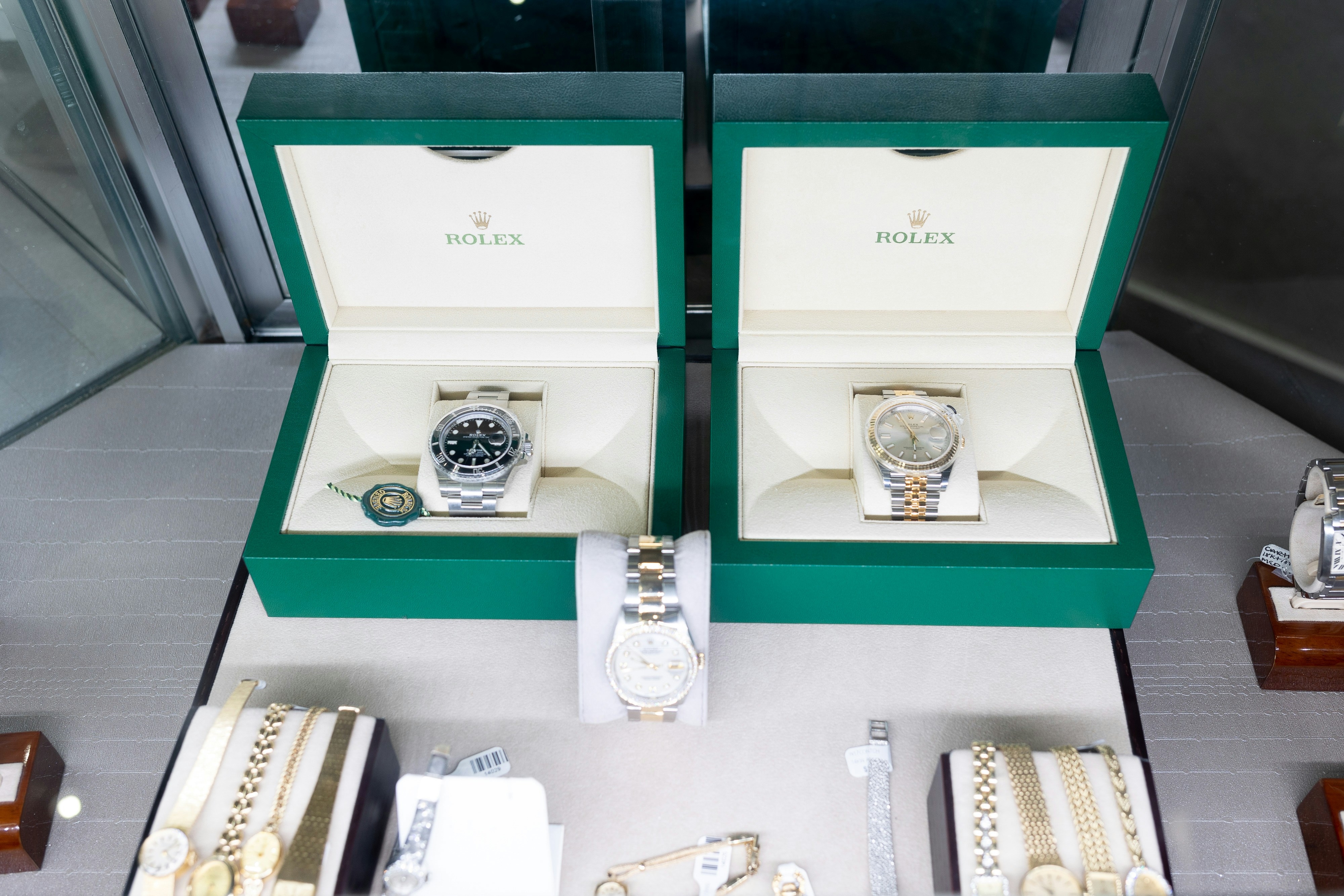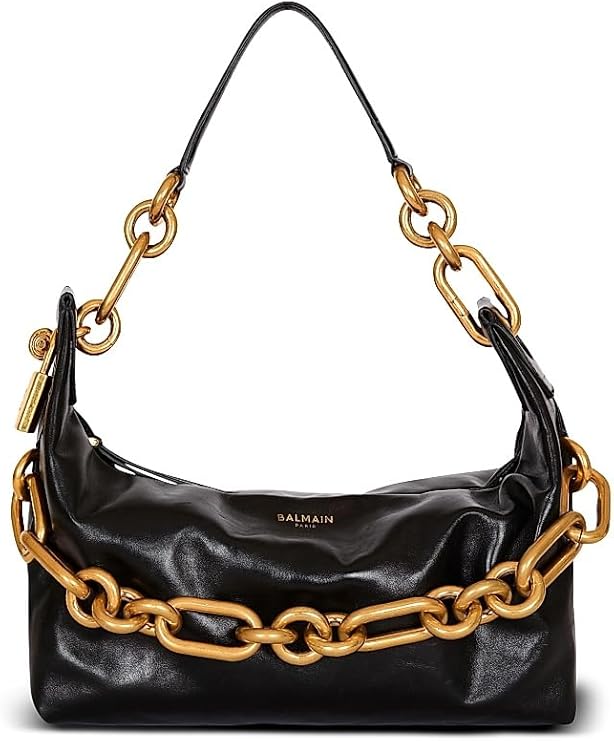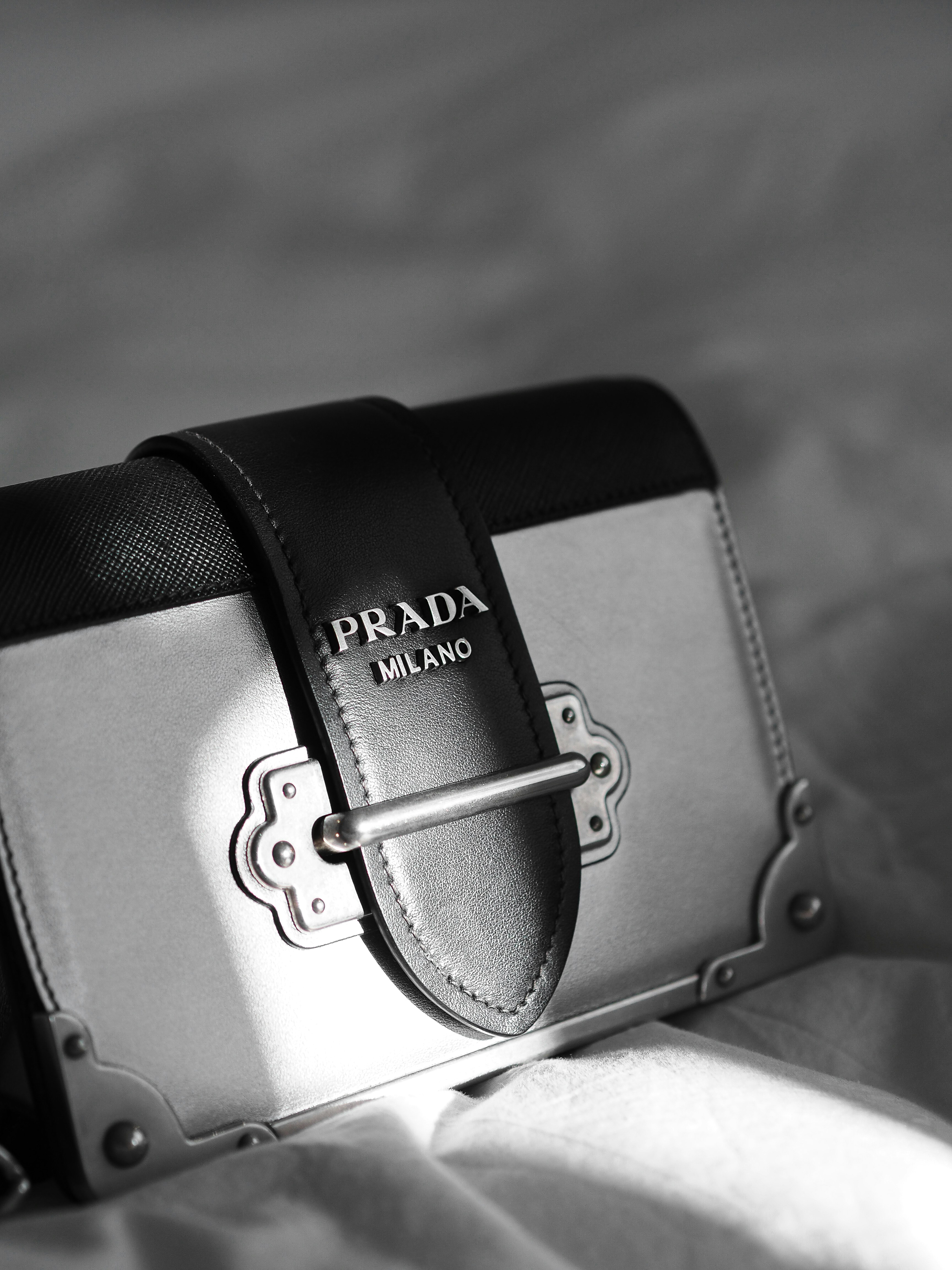A Rich History: Piaget’s Legacy Since 1874
Founded in 1874 by Georges Piaget in the picturesque Swiss village of La Côte-aux-Fées, Piaget commenced its journey as a modest watchmaking workshop. With an unwavering dedication to quality and precision, Piaget quickly garnered a reputation for its exceptional craftsmanship. The mid-twentieth century marked a pivotal period for the brand as it transitioned from producing movements for other prestigious watchmakers to designing its own innovative timepieces. This shift not only solidified Piaget’s status in the horological world but also set the stage for its future endeavors in high jewelry.
In the 1950s, Piaget introduced its first collection of jewelry, blending watchmaking expertise with the artistry of gem setting. This transition into high jewelry was characterized by intricate designs and an emphasis on the harmonious relationship between precious stones and metals. One of the brand’s hallmark achievements was the introduction of the Altiplano, a line celebrated for its ultra-thin movements, which exemplified Piaget’s innovative spirit and technical prowess, becoming an iconic symbol of luxury.
Throughout the years, Piaget has unveiled several notable collections, each embodying the essence of elegance and sophistication. The Possession and Limelight collections particularly stand out, showcasing a fusion of artistry and engineering that epitomizes Piaget’s commitment to excellence. The brand has also made significant strides in sustainability and responsible sourcing, ensuring that its luxurious creations honor both heritage and modern ethical standards.
Today, Piaget is lauded not only for its exquisite watches and jewelry but also as a paragon of Swiss craftsmanship. With over a century of heritage, the brand continues to define luxury through its timeless designs, intricate artistry, and relentless pursuit of perfection. As Piaget evolves, its legacy remains firmly rooted in its dedication to quality and innovation.
The Art of Ultra-Thin Watchmaking
Piaget has long been recognized as a leading innovator in the realm of ultra-thin watchmaking. Since its inception in 1874, the brand has relentlessly pursued the art of creating timepieces that not only exhibit elegance but also redefine the boundaries of engineering and craftsmanship. Among Piaget’s iconic models, the Piaget Altiplano stands out as a hallmark of simplicity and sophistication. This collection epitomizes the essence of ultra-thin design, showcasing the brand’s dedication to producing exceptional horological masterpieces.
The Piaget Altiplano has undergone various iterations since its debut, each reflecting Piaget’s commitment to pushing the limits of what is achievable in watch design. The watch’s slim profile is not merely a design choice; it serves as a testament to the intricate mechanisms housed within. Utilizing advanced techniques and innovative materials, Piaget crafts movements that maintain unparalleled accuracy while significantly reducing thickness. For instance, the Piaget 900P movement, recognized for its remarkable slimness, is a prime example of this engineering prowess, measuring just 3.65 mm in height.
Furthermore, the materials used in crafting these watches contribute substantially to their allure and functionality. Piaget employs a variety of high-grade metals such as gold and platinum, accompanied by sapphire crystals that enhance both durability and aesthetics. The meticulous attention to detail seen in the intricate movements—complete with hand-finished components—showcases the brand’s expertise. Each timepiece reflects Piaget’s philosophy of combining extraordinary craftsmanship with modern technology, all while retaining a classic charm that appeals to discerning watch enthusiasts.
In conclusion, Piaget’s achievements in ultra-thin watchmaking not only highlight their revolutionary approach to luxury timepieces but also solidify their reputation as a leader in the high-end horology sector. With each creation, Piaget continues to celebrate the balance between elegance and technological sophistication.
High Jewelry: The Elegance of Possession Rings
The Possession ring collection by Piaget stands as a testament to the brand’s commitment to exquisite craftsmanship and innovative design philosophy. Introduced in 1990, this range embodies the fusion of modern aesthetics with the timeless elegance that has characterized Piaget for nearly 150 years. Each ring in the collection is designed not just as a piece of jewelry, but as a symbol of profound emotions, representing love, commitment, and the joys of life’s moments.
What sets the Possession rings apart is their unique design, characterized by a rotating band that signifies the joy of giving and receiving. This playful mechanism beckons wearers to engage with their jewelry, amplifying both its beauty and its symbolic meaning. The rotation mirrors the dynamism of love, conveying that relationships, much like the rings themselves, are ever-evolving. These pieces serve as intimate reminders of shared memories and promises, making them an ideal choice for engagement and anniversary gifts.
At the heart of Piaget’s high jewelry is an unwavering dedication to craftsmanship. Each Possession ring is meticulously crafted from the finest materials, including gold and exquisite gemstones, ensuring that each piece not only shines with brilliance but also withstands the test of time. The meticulous attention to detail in the design process reflects Piaget’s pride in creating jewelry that captures both luxury and personal significance. The collection often features diamonds and colored gemstones, harmoniously combining to create striking visual effects that enhance the overall allure of the rings.
In essence, Piaget’s Possession rings encapsulate more than mere luxury; they are a celebration of individual stories and shared moments, crafted to be treasured for generations. As such, they stand as an enduring symbol of elegance and commitment, perfectly embodying the spirit of Piaget’s high jewelry collection.
Piaget and Richemont: A Partnership in Luxury
Established in 1874, Piaget has built a reputation for exceptional craftsmanship and exquisite designs. Over the decades, the brand has created a legacy that resonates with connoisseurs of luxury. A significant factor contributing to Piaget’s sustained success is its association with the Richemont Group, a prominent player in the luxury goods sector. This conglomerate, founded in 1988, encompasses illustrious brands known for their quality, innovation, and luxurious offerings, further solidifying Piaget’s esteemed position in the marketplace.
The partnership with Richemont has allowed Piaget to expand its reach and bolster its global presence. With Richemont’s extensive resources and expertise in luxury retail, Piaget has capitalized on synergies that enhance brand development. This collaboration provides Piaget with strategic advantages in distribution, marketing, and innovation, allowing the brand to respond effectively to the evolving demands of luxury consumers. As a result, Piaget has consistently introduced groundbreaking designs and refined product offerings, maintaining its reputation for elegance in the competitive luxury jewelry landscape.
Moreover, the alignment of values between Piaget and Richemont amplifies the brand’s commitment to quality and craftsmanship. Both entities share a vision of nurturing heritage and embracing innovation, making it possible for Piaget to thrive within a framework that promotes creativity and excellence. This commitment to excellence is evident in each piece of Piaget jewelry, from intricate designs to the use of precious materials, underscoring its status as a hallmark of luxury.
In conclusion, the partnership between Piaget and Richemont has been instrumental in enhancing Piaget’s growth trajectory and reinforcing its reputation as a distinguished name in the luxury sector. Together, they embody a shared dedication to providing opulent experiences and innovating within the ever-evolving world of luxury goods.














